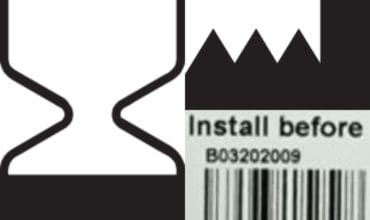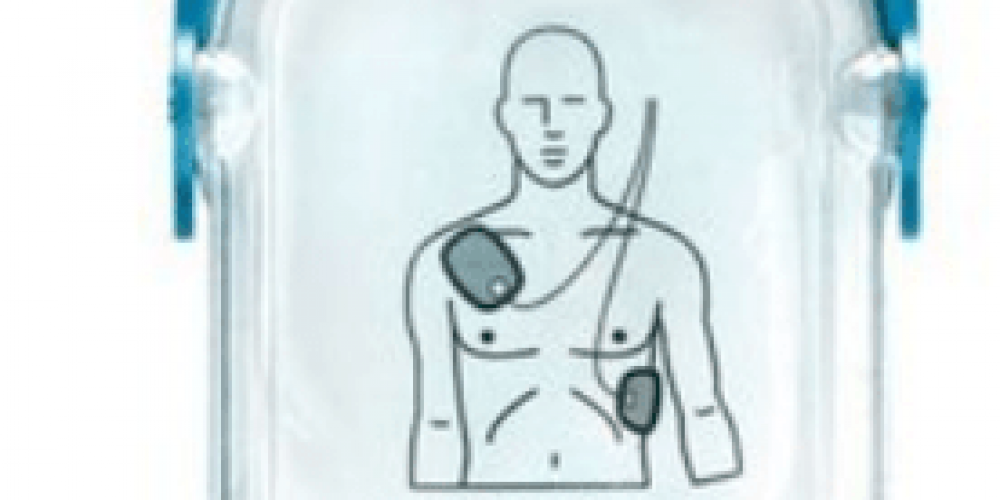- Your cart is empty
- Continue Shopping


Pads, otherwise known as electrodes, are extremely crucial when it comes to a Sudden Cardiac Arrest (SCA) save. Once the pads are properly placed on the patient, a lifesaving shock therapy is delivered. In order for a shock to be delivered the pads must make proper contact with the patient’s skin. When the pads have good contact, the AED is able to correctly analyze the patient’s heart rhythm. But what makes adult pads so different from pediatric pads?
Just like there is a difference between the CPR you give an adult vs a child, there is also a difference between the shock that is delivered to an adult vs. a child. Child pads are designed to administer a smaller dose of therapy than adult pads. For children 55 lbs. or less, (typically 8 years and under), you want to be sure to use pediatric pads (or a pediatric key). For children greater than 55 lbs. or 8 years older, you want to use adult pads, as the reduced shock will likely not suffice.
The American Heart Association (AHA) states that in the event of an emergency, if there are no pediatric pads available you should place one adult pad on the front of the child and the other adult pad on the back of the child. You also want to be sure that you are keeping your pads up-to-date, because they do expire. Over time, the adhesive gel that acts as a bonding agent for a shock to be delivered begins to dry out and will no longer provide effective analysis and therapy.
If you still have questions about your AED pads, you can always leave us a comment, give us a call at 800-580-1375, or email us at customerservice@aedbrands.com
Implementation Guide